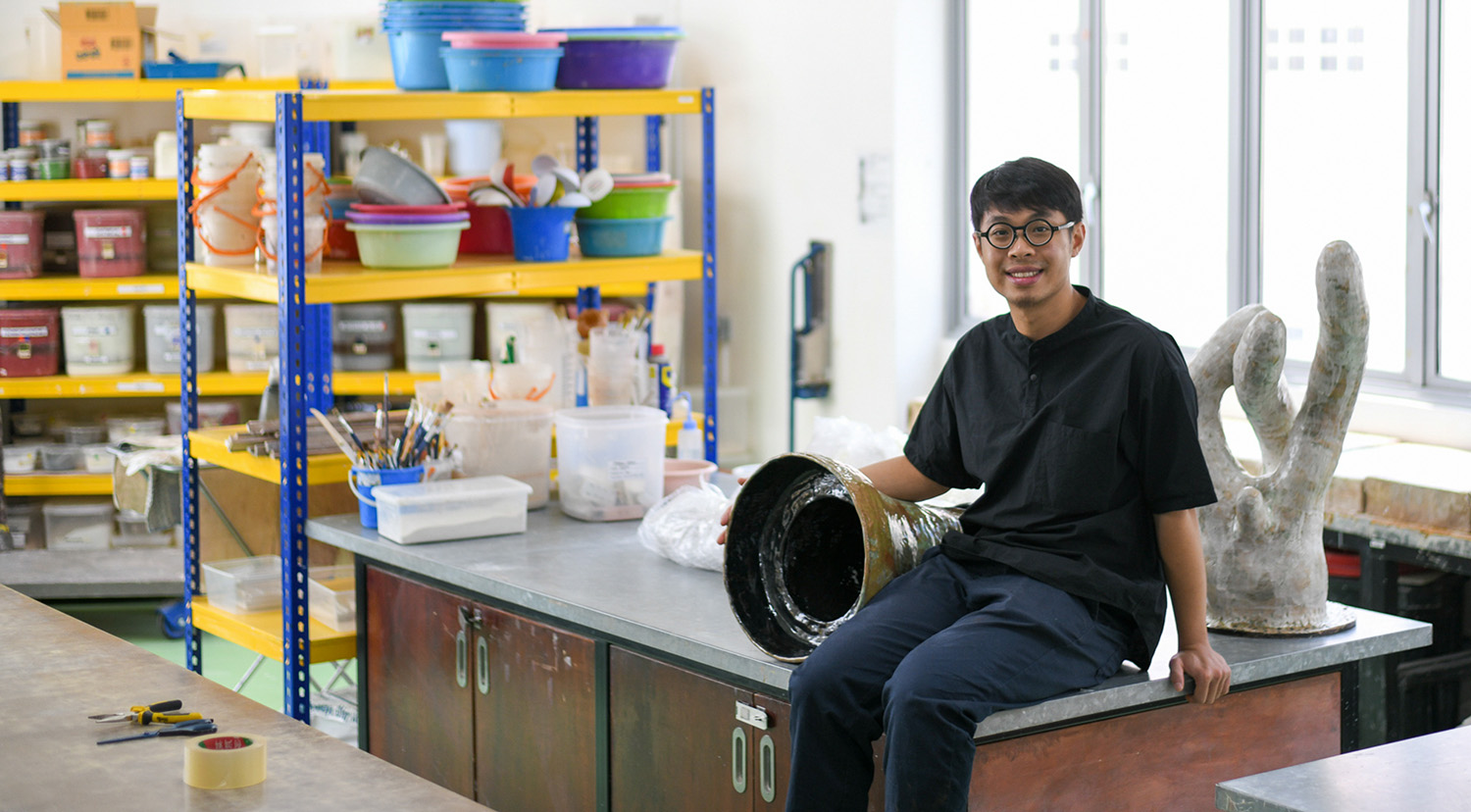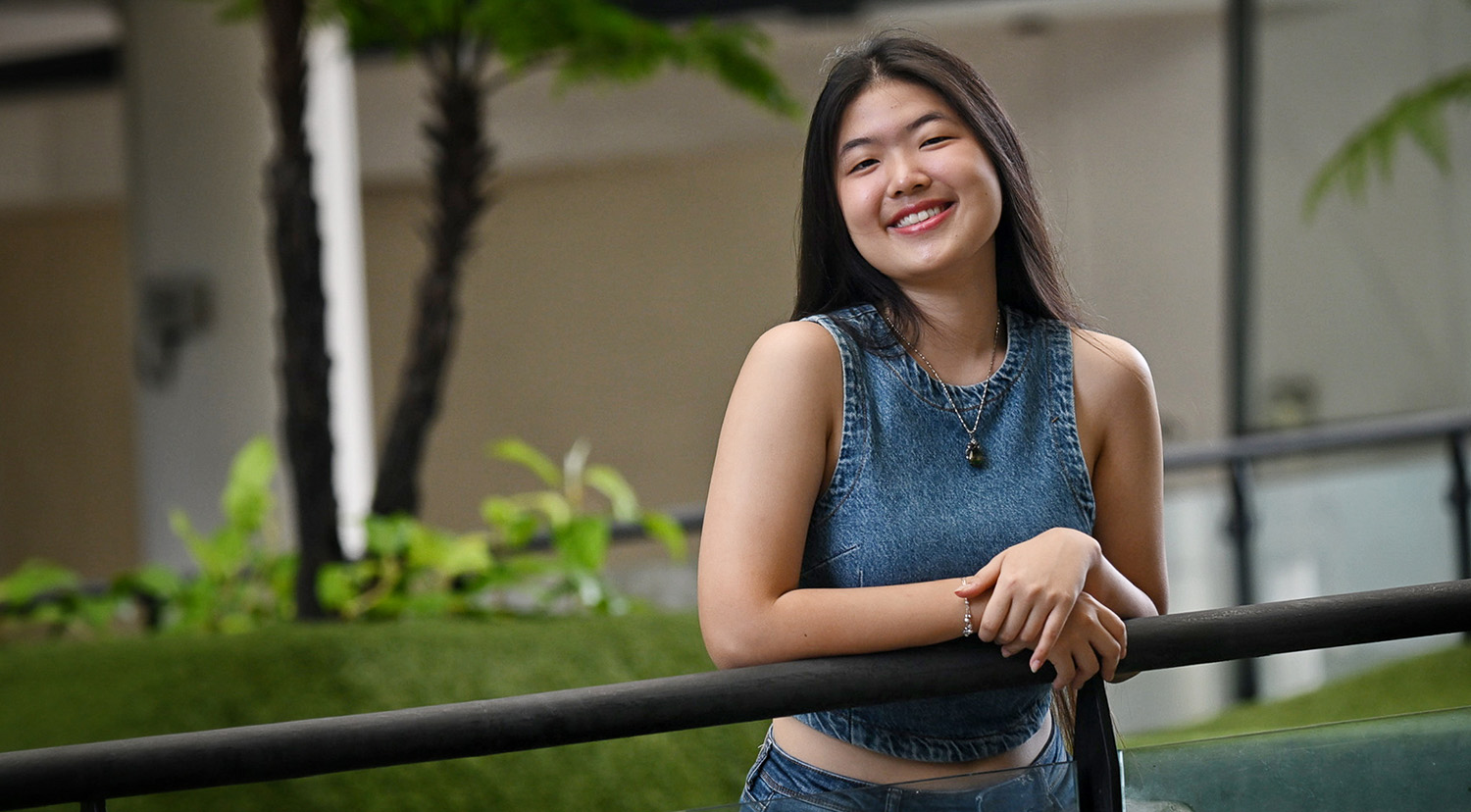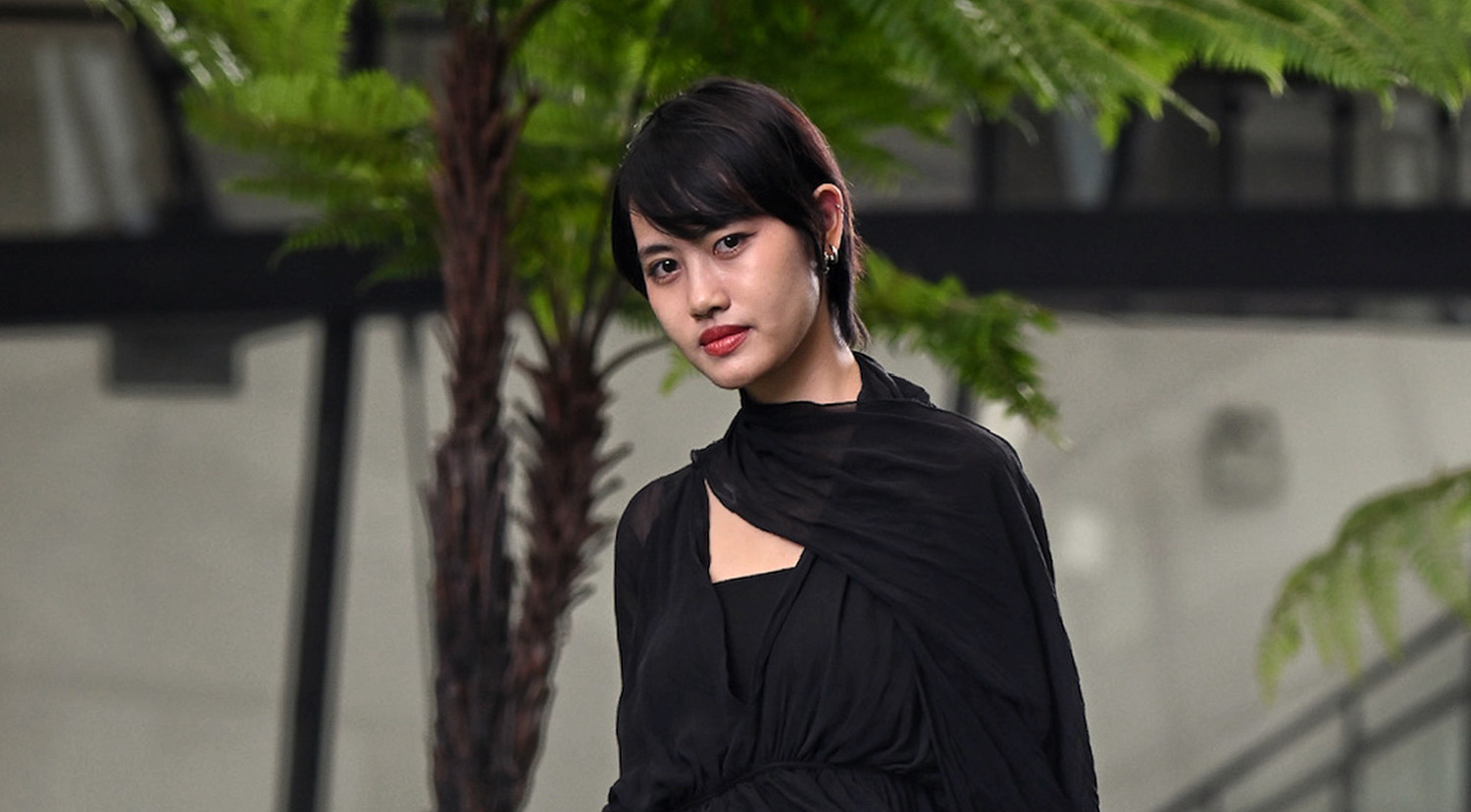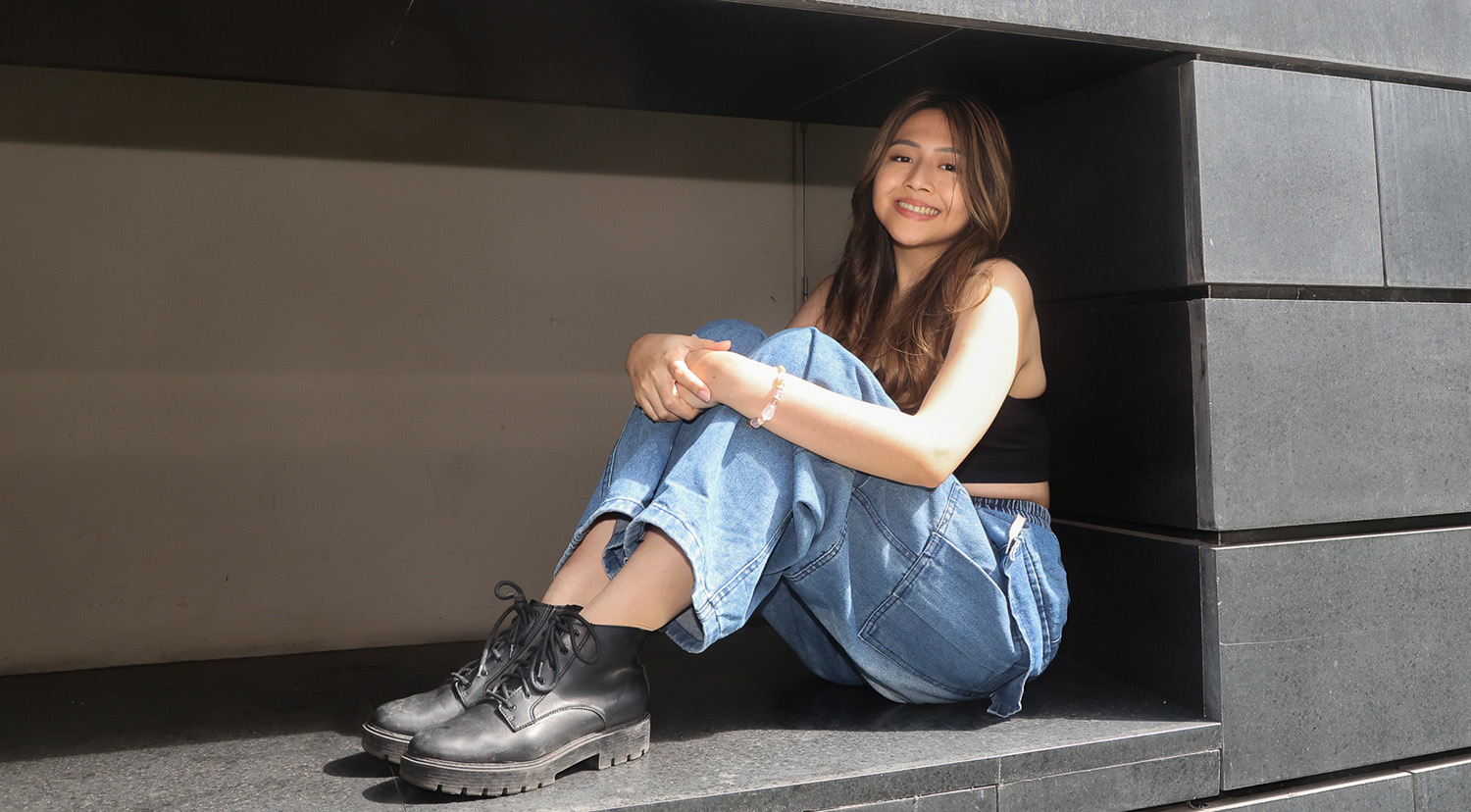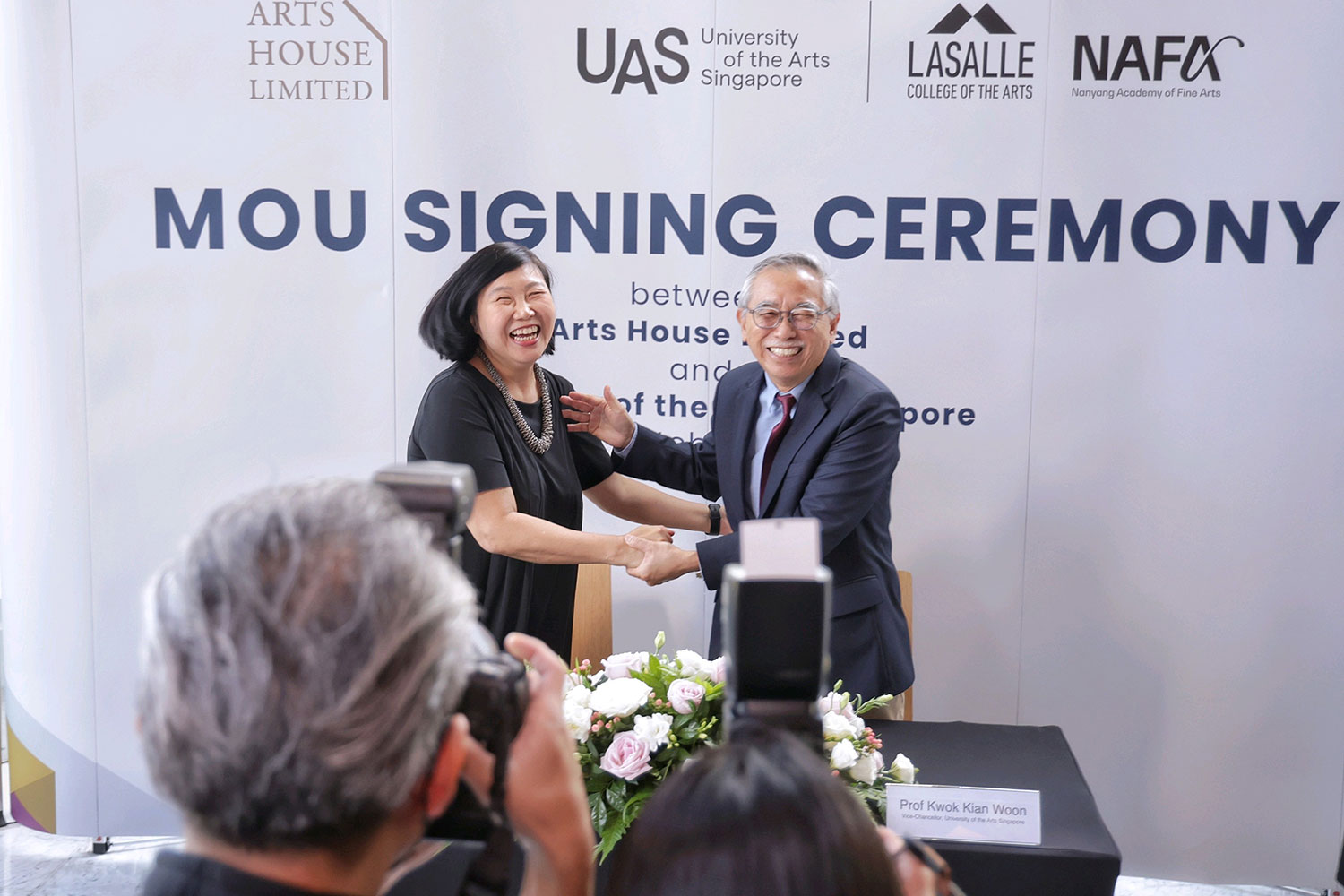Jane Ng, Correspondent
The new university’s first batch includes those from ITE, JCs and polytechnics and those with work experience, many of whom are drawn to the institution’s varied offerings
The new University of the Arts Singapore (UAS) opens its doors in August, welcoming its first batch of undergraduates from a diverse range of academic and artistic backgrounds.
They include students from polytechnics, Institutes of Technical Education (ITE) and junior colleges; those with and without formal arts training; as well as mature students and art practitioners looking to further their education.
UAS is a private university sup-ported by the Government, formed by an alliance between the Nan-yang Academy of Fine Arts (Nafa) and Lasalle College of the Arts.
Both Nafa and Lasalle declined to provide application and enrolment numbers, but said in separate replies that the response was “positive” and “very healthy”.
It was previously reported that the university is expected to take in more than 700 students.
Nafa president Tan-Soh Wai Lan said the institution received enthusiastic response for its three new degree programmes – BA (Hons) Contemporary Chinese Theatres, BA (Hons) Biophilic Design and Master of Fine Arts.
“Our programmes have received an overwhelmingly positive response, achieving full enrolment and oversubscription for some,” said Mrs Tan, adding that the response reflects the value that parents and students place in an arts education.
Likewise, Lasalle president Steve Dixon, said its five new degree programmes have attracted strong interest.
“MA Music Therapy, for example, is a new programme that has seen a tremendous response and was oversubscribed well before its closing date,” said Professor Dixon.
He added that Lasalle has seen a steady increase in applications over the past few years and application numbers were “very healthy” in 2024.
“The diversity of our incoming cohort and the high level of interest show that more Singa-poreans are embracing the relevance of an arts and design education,” said Prof Dixon.
UAS will validate, confer and award the degree programmes through Nafa and Lasalle, in disciplines such as fine arts, design, media arts and performing arts.
Both institutions will continue to offer their own programmes.
Lessons will be conducted on the campuses of Nafa and Lasalle as well as the National Design Centre in Middle Road.
She took a gap year while waiting for UAS to open
Ms Claire Tan, 20, was keen to do an art or design-related degree after graduating from Temasek Junior College in 2022, but found the existing ones too specialised.
Having heard that a new arts university would start taking in students in 2024, she decided to put her university studies on hold and take a gap year to do internships.
“I was thinking that when UAS opens, maybe I will have an extra option,” said Ms Tan, an only child who took H2 Art in the A-level examinations.
She will be doing a degree called Design for Social Futures, offered by Lasalle, which will cover areas such as service design, user interface and user-experience design.
She likes the broad nature of the course, as well as the idea of designing a solution for a cause.
“Being able to solve a problem is fulfilling for me. Regardless of whatever social cause that we end up tackling, I would be quite happy,” she said.
She added that working at a design company and an arts organisation during her gap year gave her the opportunity to learn from different people. She also did a short stint packing goods at a shopping platform’s warehouse.
“If I have to design something in future, I need to know how processes work so that I can plan how it’s going to be made,” she said.
She also discovered that she en-joyed the design creation process.
“I like having discussions with groupmates, going through multiple iterations before we come up with the final result,” she said.
Although her parents raised concerns about her joining a new university, suggesting that she take up an offer from the Nanyang Technological University’s School of Art, Design and Media instead, Ms Tan said it is exciting to be part of a new degree programme.
“It being a new course means we would be the ones shaping how future batches will be learning. I want to be a part of it,” she said.
From ITE to a degree in Biophilic Design
After Mr Dones Franz Laurence Reyes enrolled in the information technology course at the ITE, he realised his heart was not in it.
When he completed his national service, he decided to join Nafa’s Diploma in Design (Landscape and Architecture) programme where he said he found his calling.
“I’ve always liked drawing and building things from a young age. The diploma provided a platform for me to be creative and I really enjoyed it,” said Mr Dones, 26, who will be embarking on a degree in biophilic design with Nafa.
Biophilic design is a term used in the building industry to connect building occupants more closely to nature via the use of elements like natural lighting and ventilation.
The three-year programme is developed with CPG, an infrastructure design and consultancy company, and as part of the course, students will be introduced to design solutions which can improve human well-being.
Mr Dones, who has been working at Playpoint Singapore, a playground and landscaping consultancy for the past year, said he has been involved in pro-jects. He has learnt to manage clients and the importance of adhering to rules and regulations when it comes to design projects.
He is keen to learn about sustainable designs in the course.
“I would like to design something that can contribute to reducing greenhouse effects in the future, to put into practice the theory I learnt. I want to be involved in the green plan of Singapore,” said Mr Dones, who has been given direct entry into the second year of the degree programme as he did a related diploma.
From School of the Arts to Nafa’s Master of Fine Arts
Former School of the Arts student Hans Chew got a perfect score of 45 for his International Baccalaureate diploma examinations in 2015 and could have had his pick of university courses.
But he decided to pursue art in Japan, forgoing academic disciplines and possible scholarships.
His parents and teachers asked if he wanted to consider other options, but he decided to take a leap of faith and go with his interests – to learn a new language, study overseas and pursue ceramics at a tertiary level.
He spent one year learning Japanese in Kyoto, before doing a Bachelor of Fine Arts at the Tama Art University in Tokyo, one of the top art schools in Japan.
Mr Chew returned to Singapore in 2023 and found a job as a ceramics technical officer at Nafa, helping to manage the equipment and facilities of the ceramics studio.
The 27-year-old said he was deciding between Japan and Singa-pore to do a master’s degree in fine arts and picked Nafa’s new course because he wanted to suss out opportunities locally for contemporary ceramics.
“In Singapore, there are restrictions in terms of what you can do with this medium because we don’t have the industry and market for it. I wanted to get a sense of the ceramics scene, practise here and see how far I can go,” he said.
Mr Chew, who specialises in creating “peculiar” ceramic sculptures, will be doing the part-time three-year option so that he can work and study at the same time “to go deeper into my practice”.
He spent his university vacations doing apprenticeships in ceramics studios in the rural areas of Japan and said the experience pro-vided a different perspective of pursuing ceramics for a living.
“I saw how art is monetised and how artists and craftsmen sustain themselves creating art in a rural setting. It helped me understand ceramics as a medium through different perspectives, environments and settings,” he said.
Nafa’s Master of Fine Arts (Fine Art) programme aims to ground students in inter-disciplinary art practice, critical inquiry, and cultural research within South-east Asia.
She wanted theoretical knowledge to back up her practical experience
Even though Ms Saskia Alifya, 23, had already found a full-time job she enjoyed, as an art adviser in an art gallery, she wanted to expand her knowledge.
When she found out that UAS would be offering a new degree – BA (Hons) Art Histories and Curatorial Practices: Asia and the World – she jumped at the chance to apply for it as it combined both her interests in art curation and history.
“Although I have been working at the art gallery for a year, I felt like there was still something lacking because I didn’t study art history and curatorial practices. I crave that knowledge,” she said.
Ms Saskia, who graduated from Republic Polytechnic with a diploma in media production and design, had taken a module in art history which she enjoyed.
The avid art history lover would also watch YouTube videos, read up on art, artists and art history topics and visit the local museums regularly.
Working at two art galleries in the past year, where she helped to prepare for exhibitions, she was involved in shipping and inventory of art works, as well as dealing with customers and artists, helped her decide that this was what she wanted to do.
“I really enjoy working at the front of house and getting to meet visitors from all walks of life and talking to them about art,” she said.
She added that her working experience will come in handy during her course.
“In my job, I had to think critically and find solutions when things didn’t go the way I expected, which will come in useful when I have to do group projects,” she said.
Ms Saskia, who hopes to be involved in the local and internationa
“I hope to educate people and involve them in the arts, whether they know anything about it or not, because I feel like art brings people together,” she said.
View PDF copy of the article.








